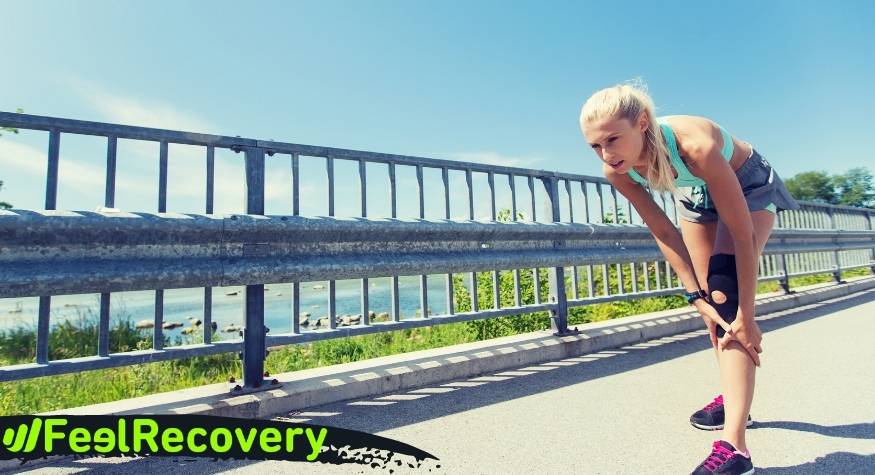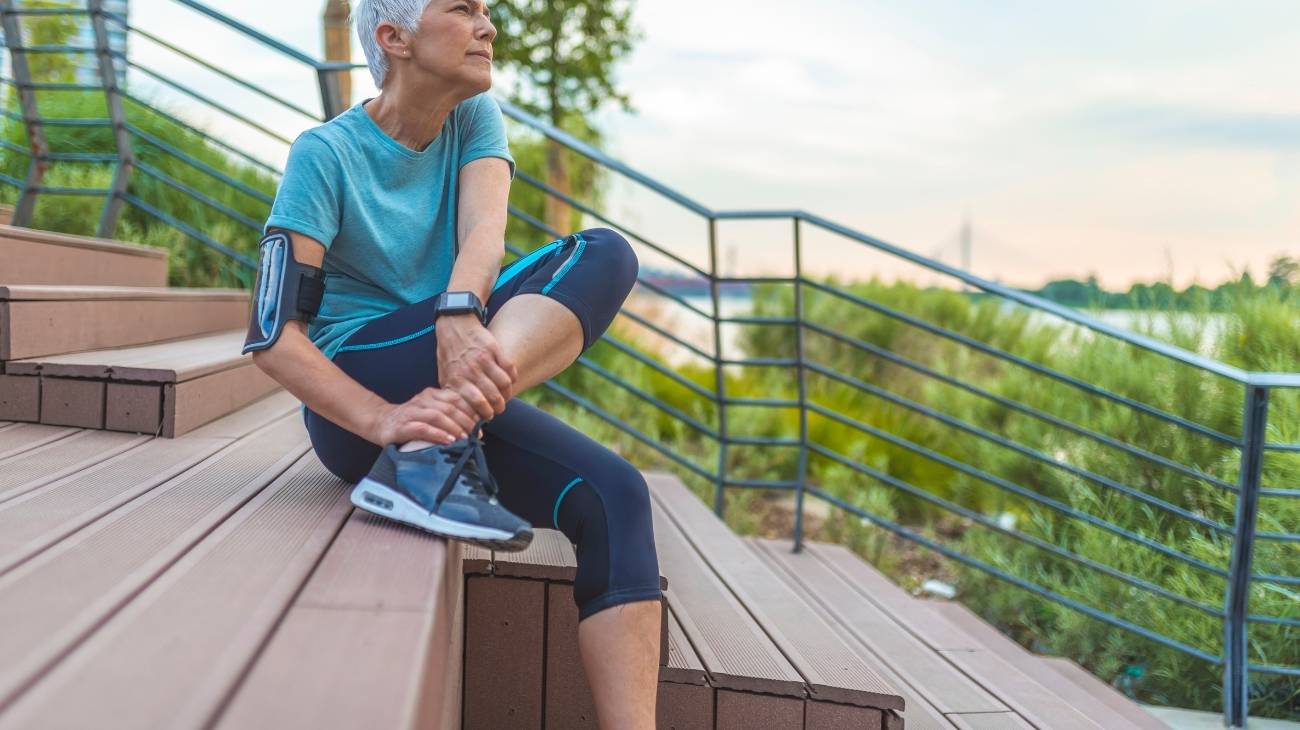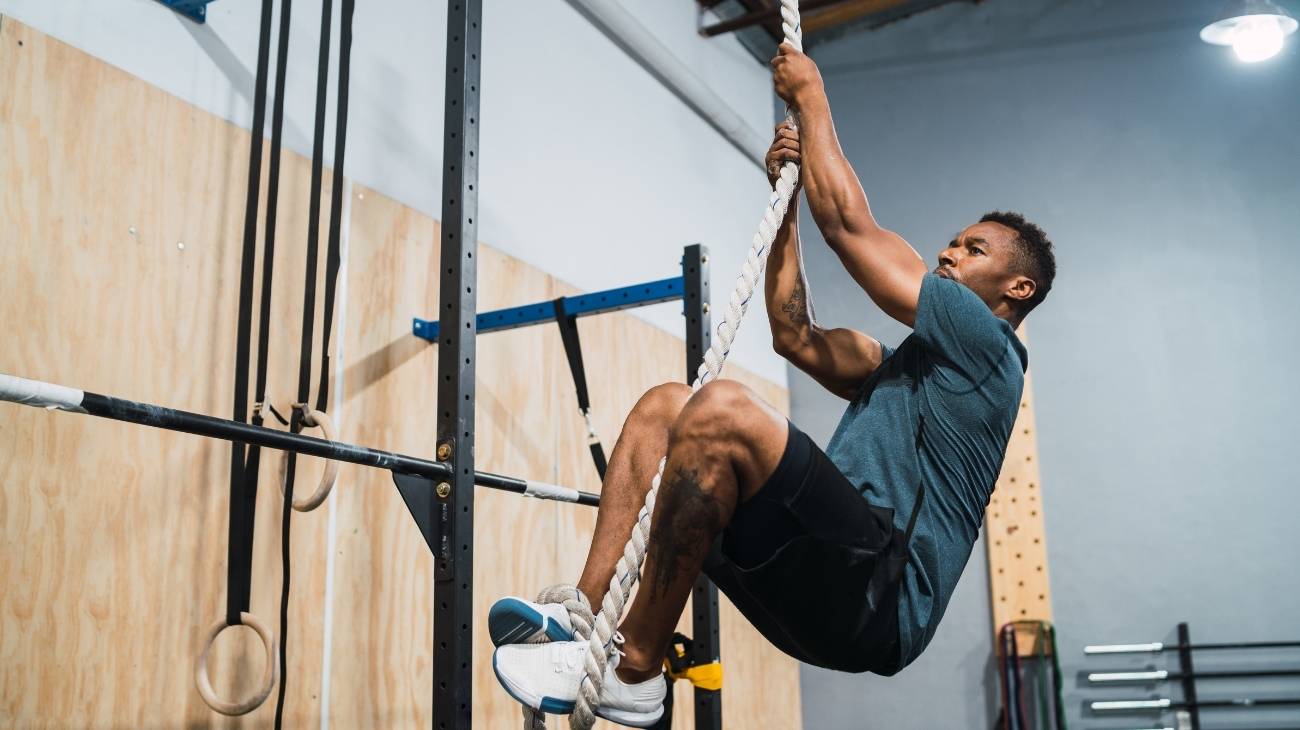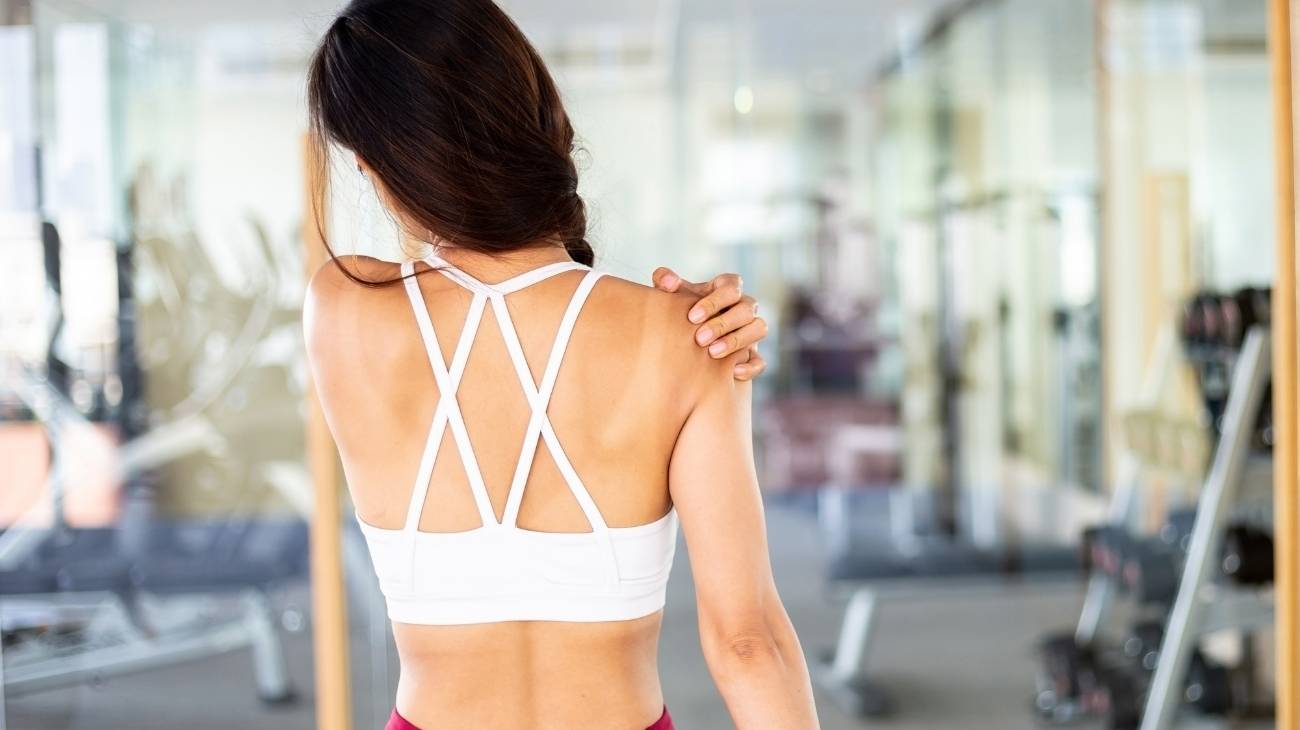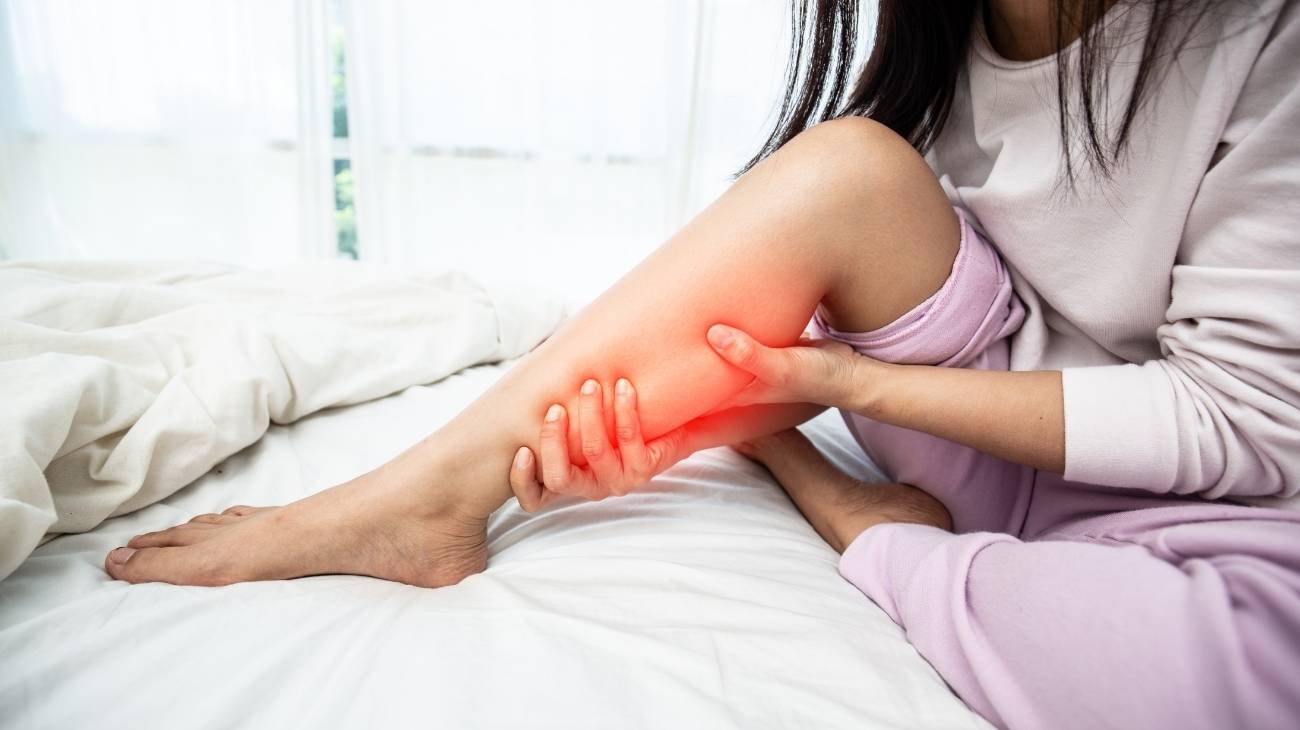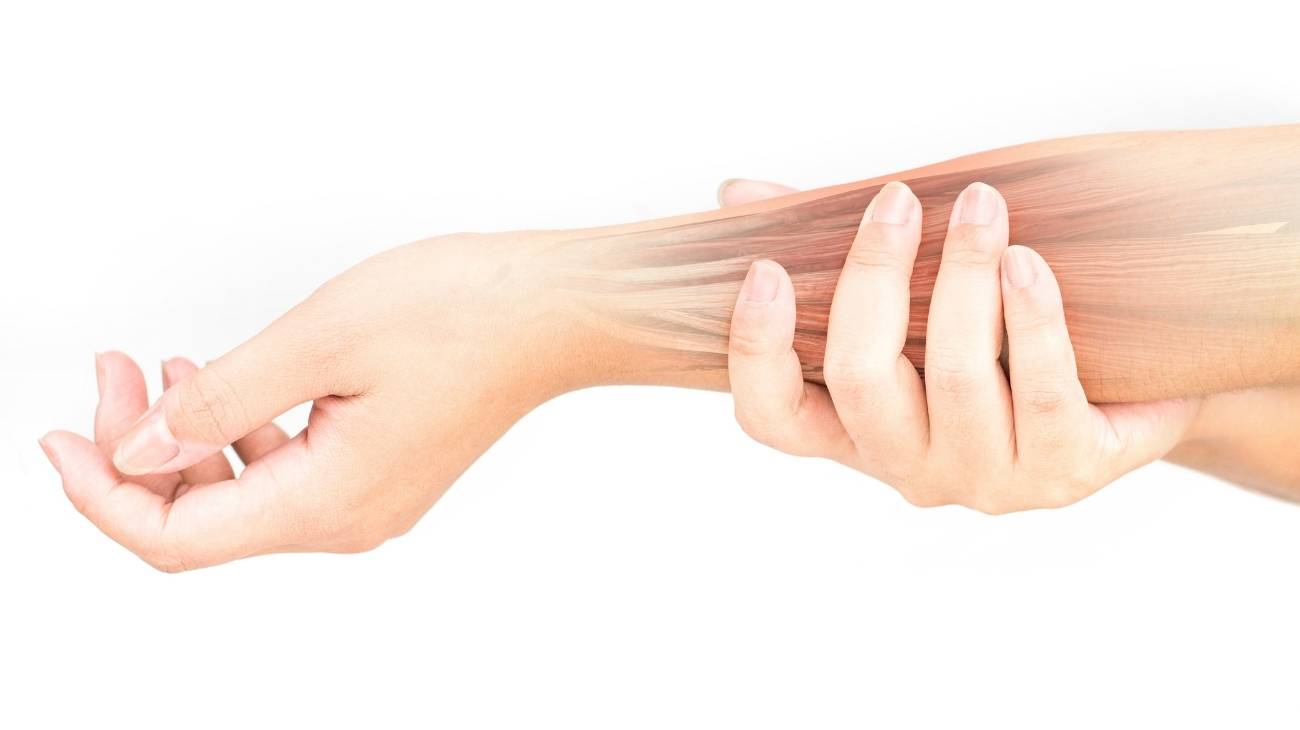Ligaments are the solid, elastic, fibrous tissues that have the function of connecting bones together to ensure stability within a joint. But, although they have the ability to stretch and return to their position without damage, they can break when their maximum elongation limit is exceeded.
This results in a sprain, which is a pathology that often affects the knees, because the knees are made up of four ligaments. So, in view of the fact that knee sprains are very frequent, compression knee braces have been designed to help improve such injuries and here, we will explain why.
What are the symptoms of a sprained knee?
Specifically, a knee sprain is an injury that affects the central joint of the lower limbs, which is made up of four ligamentous portions (internal lateral, external lateral, anterior cruciate and posterior cruciate ligaments) that provide stability to the knee by linking the bones in the joint. Thus, a strain or sprain occurs when one of these ligaments is stretched or torn abruptly, resulting in partial or complete rupture.
Knee sprains are classified according to the severity of the injury as follows:
- Grade 1: This is an overstretching of the knee ligaments that does not result in ligamentous tissue rupture or associated joint laxity and is therefore the mildest case of all.
- Grade 2: Generates a partial rupture of the ligaments (about 50% or less) and tends to produce slight joint instability. As a result, deformity of the knee is observed.
- Grade 3: In this case, there is a complete tear of the ligaments (or more than 50%) and in effect, the functional impotence of the injured knee is notable, as well as its deformity.
The main causes and risk factors that usually trigger this type of sprain in the knee area are:
- Receiving blows or direct trauma to any part of the joint.
- Playing certain sports (football, karate, basketball, handball, skiing, etc.).
- Falling with bent knees.
- Inadequate force on the muscles in the area.
- Starting a physical activity without warming up or stretching.
- Suddenly changing direction while walking or running.
- Having problems with flexibility.
- Muscle breakdown or lack of coordination.
The main signs and symptoms of this ailment are:
- Pain and stiffness in the knee area: This is constant if the patient tries to walk and becomes more acute, depending on the level of severity of the sprain.
- Inflammation or swelling: The affected knee shows some deformity accompanied by redness, even in the adjacent areas.
- Decreased range of motion: After the sprain, the patient is unable to perform normal movements.
- Bruising: Which, are generated by internal haemorrhage caused by the impact on the area.
- Sensitivity to touch and perception of an annoying crunching sound.
- Inability to stand on the injured leg.
Bestseller
What are the benefits of using a compression knee brace to treat a sprained knee?
To treat a sprain correctly, first of all, it is appropriate to be under the supervision of a specialised doctor who will analyse the causes of the injury, the degree of danger it presents and the symptoms it has caused in the patient. This will help to define a personalised treatment that will help to cure the pathology in the shortest possible time, as well as to prevent a more serious illness in the knee.
It is suggested to apply compression therapy in the area thanks to the advantages it guarantees. It is a medically proven method that uses an elastic device to exert controlled pressure on the injured region in order to regulate the functioning of the vascular wall and improve blood flow.
The benefits of compression therapy in the treatment of a sprained knee are as follows:
- Minimises pain: Because it keeps the knee stable to avoid the continuous movement that causes this discomfort.
- Favours the rehabilitation process : Because it reduces the existing fatigue in the knee area and helps to recover its regular functioning.
- They provide protection in the area: Because, they serve to prevent major injuries, help to avoid future sprains and relapses, stabilising the knee.
- Improve blood flow in the area: This is effective in preventing any inflammatory process or the severity of the injury.
- Ensure comfort and safety: With the use of these compression garments, the patient will feel more confident to perform any activity that involves the use of their knee after recovery. In addition, they will be comfortable for walking, running, hiking, cycling, etc.
What type of sports knee braces are best for treating knee sprains?
As there are multiple models of sports knee braces available today, patients suffering from a sprained central joint of the lower extremities should make sure to purchase the most suitable one to attenuate the condition and thus, avoid worsening its level of severity. Whereas, in general, it is recommended to choose a knee brace that provides the correct support in the area to reap the benefits of compression therapy around a sprain.
During the purchase process, choose to evaluate its size or dimensions because the trick is to select a correct fit that helps the knee to regulate blood flow to normalise its function, rather than strangling this process and causing other more acute pathologies. We also advise you to pay attention to the manufacturing details (if it is breathable, if it is made of a quality material, better without seams, etc.).
We suggest the following available models that guarantee optimal results:
Compression sports knee brace
This is a compression knee brace ideal for relieving pain associated with sprains, as well as promoting recovery from kneecap and knee injuries in runners. In addition, it provides stability to weak or injured knees, reduces stress and tension that builds up in the area from bruising, eliminates fatigue, and provides natural support without compromising flexibility or movement.
Patellar Tendonitis Tape
As its name suggests, it is a tape or strap that is used to treat patellar tendonitis and thanks to its benefits, it is also prescribed to improve all types of injuries affecting the patella or knee. For this reason, it can be used during the rehabilitation process of a sprain in the knee area, as it provides sufficient support to immobilise the joint and/or tendon.

